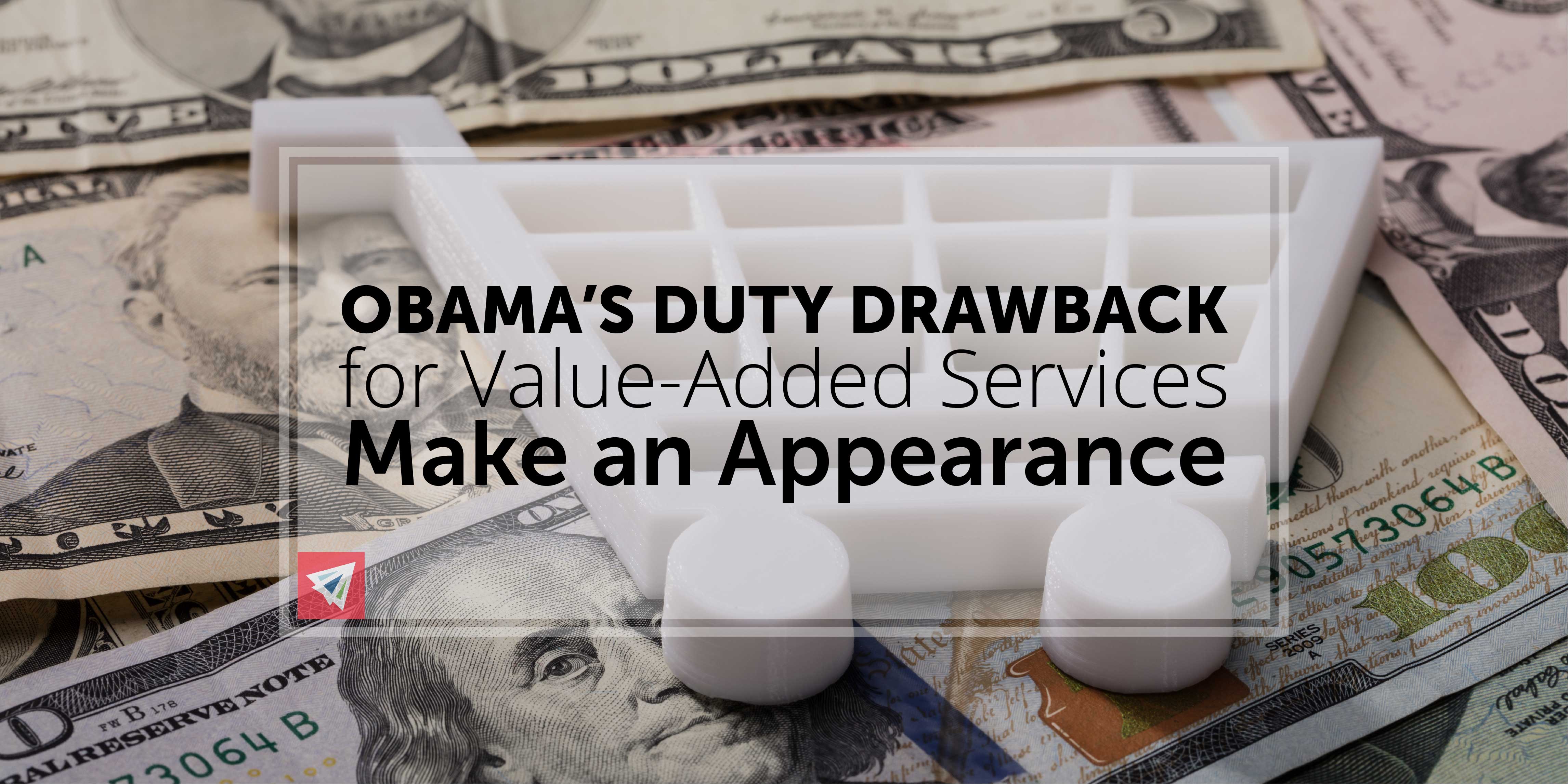Wouldn’t it be nice to live in a world where you don’t have to pay duties and import tariffs? Unfortunately, for most shipper’s this will never be the case. However, companies that import products temporarily before they are re-exported are eligible for something called duty drawback. Duty drawback is a way for importers to avoid paying tariffs so long as they prove the product is being exported from the country in a timely manner.
It was originally signed by President Obama on February 24th, 2016 and went into effect this year on February 24th, 2018. So what types of situations would this apply to?
Duty Drawback: Who is Eligible?
Companies who are importing products that will only remain temporarily in the United States are eligible for duty drawback. A very common example of this would be international trade shows. Companies from all across the world export their products to the U.S. where they must be shipped as cargo through customs. Naturally, these shipments are charged a duty per the HTS Code for U.S. import customs. However, since these goods have no intent of staying in the U.S., but are rather here for a short period of time, shippers are eligible for duty drawback to reclaim their paid duty.
Duty Drawback Time Period
The breakdown of events can be a bit complicated, but a shipper essentially has 5 years from the time the duty is paid for the import to the time the product is exported from the country to file for duty drawback. Here’s a more precise breakdown of steps involved in an import and when the claim may be filed:
- Duty is paid for the import
- Import is physically received into the United States
- Imported product is used in manufacturing (value-added services. Read more here.)
- Product is finished being built (value-added services are finished) and is ready for export
- Product is physically exported from the United States
- Duty drawback claim is filed
Here is an accurate breakdown of the time-periods in which these events may occur for a shipper to be eligible for duty drawback:
As stated, a shipper is only eligible for a duty drawback claim if the time period between steps (1) and (5) is 5 years or less (duty paid for import and product physically exported from the U.S.)
However, for value-added services, the product timeline must also not exceed 3 years between steps (2) and (3) (from the time the import is received to the time the value-added services begin), and they must also not exceed 3 years between steps (2) and (4). In other words, from the time the import is received to the time the value-added services are completed and ready for export must not exceed 3 years. This proposes a potential issue in the event that a value-added service takes 4 years. Even though the time period between steps (1) and (5) may still be less than 5 years, if the time period between steps (2) and (3) or (2) and (4) takes more than 3 years, the shipper will not be eligible for a duty drawback.
Lastly, a shipper also has an allotted 3 year time line to claim their duty (between steps (5) and (6)). This means after the product is exported from the U.S., the claim must be filed within 3 years otherwise the shipper is not eligible for the duty drawback.
Here is an illustration to help better understand the concept:

Value-Added Services Timeline
As the illustration above demonstrates, despite the time period in which your product is imported and exported, value-added services must occur within specified timelines. You only have a maximum 3 year window between when your products are physically imported to when the value-added services begin. If you were to import products to the U.S. but delayed your manufacturing revisions to beyond 3 years, you would no longer be eligible for the duty drawback, even if everything occurred within the 5 year time window between import duty paid and the finishing of the product.
Likewise, you have a maximum of 3 years between when the products are physically imported and when they are completed.
Conclusion
Value-added services can be a huge financial relief for companies who need components or manufacturing revisions to a product to be made in a foreign country. But the additional duty charges can make the entire endeavor not worth it. Luckily, new duty drawback laws were instituted to allow shippers to reclaim their duty payments on products that are only entering the U.S. temporarily. In the case of value-added services, shippers have specific time windows in which all events must occur for them to be eligible for a duty drawback claim.
If you have any questions about duty drawbacks or are wondering whether or not your future project is eligible for a duty drawback, give one of our team members a call! We are happy to answer any questions we can!

2 thoughts on “Obama’s Duty Drawback for Value-Added Services Make an Appearance”